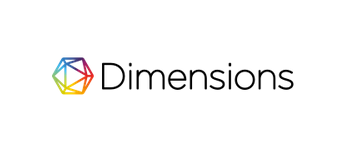Plagiarism Policy
Definition
Plagiarism is the appropriation of another person’s ideas, text, images, data, code, or results without proper attribution, including:
-
Verbatim copying without quotation and citation;
-
Close paraphrasing that follows the original structure/wording;
-
Mosaic plagiarism (patchwriting from multiple sources);
-
Re-use of one’s own published material without citation (self-plagiarism) such as duplicate/overlapping publication or “salami” slicing;
-
Unauthorized reuse of figures, tables, or instruments.
Using AI-generated text/figures without disclosure and human verification is also considered a breach of academic integrity.
Screening & Thresholds
-
Tools & stages: All submissions are checked with similarity detection (e.g., Turnitin/iThenticate) at desk check and again pre-publication.
-
Journal thresholds: ≤ 20% overall similarity and ≤ 3% per source, excluding References, Acknowledgements, and standard methods descriptions.
-
Editors may still reject manuscripts below these thresholds if overlapping text is judged inappropriate (e.g., unattributed paraphrase).
Author Responsibilities (Before Submission)
-
Ensure accurate quotation, paraphrase, and citation using the journal’s style (IEEE).
-
Cite the original source of ideas, datasets, code, figures, and instruments; obtain permission where required.
-
Disclose any prior dissemination (e.g., preprints) and any re-use of your own text/material with proper citation.
-
Do not list AI tools as authors; if AI tools were used (e.g., grammar), disclose tool and scope; authors remain fully responsible.
Editorial Actions When Overlap Is Detected
Depending on extent and intent, the editor may:
-
Request revision with proper attribution and rewriting;
-
Reject the submission (desk reject or after review);
-
Issue correction/expression of concern/retraction for published papers;
-
Notify authors’ institutions/funders;
-
Impose a submission embargo for repeated or severe violations.
What Counts as Acceptable Reuse
-
Methods text that is conventional and widely used may have higher similarity but must still be accurate and, where appropriate, cited.
-
Use of preprints is allowed if disclosed; after publication, update the preprint with the citation and DOI of the version of record.
-
Reuse of your previously published figures/tables requires citation and, if not under CC BY or similar, written permission from the rights holder.
Appeals
Authors may appeal overlap findings by emailing the editorial office with a detailed response and supporting evidence. Appeals are handled by an editor not involved in the original decision.













